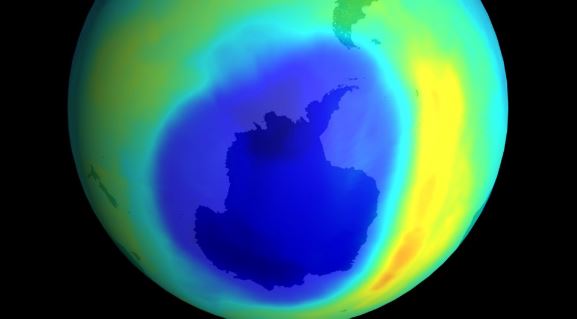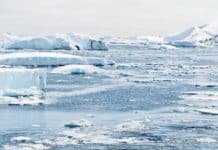
Jan. 9 (UPI) — Earth’s ozone layer is on track to recover within four decades thanks to the 1987 Montreal Protocol, then a landmark multinational environmental agreement, a United Nations-supported panel said Monday.
The Montreal Protocol regulated the consumption and production of nearly 100 manmade chemicals that researchers found created ozone depletion. The panel on Monday said 99% of those banned substances have been phased out and the ozone continues to heal.
“That ozone recovery is on track according to the latest quadrennial report is fantastic news,” Meg Seki, executive secretary of the United Nations Environment Program’s Ozone Secretariat, said in a statement. “The impact the Montreal Protocol has had on climate change mitigation cannot be overstressed.”
The ozone will take about 40 years to recover. The ozone layer which is about six to 30 miles above the Earth’s surface, reduces the amount of harmful UV radiation reaching the Earth’s surface.
“Over the last 35 years, the Protocol has become a true champion for the environment,” Seki said in a statement. “The assessments and reviews undertaken by the Scientific Assessment Panel remain a vital component of the work of the Protocol that helps inform policy and decision-makers.”
Three scientists from the British Antarctic Survey discovered the hole in the ozone layer in May 1985. The panels said if the current policies remain in place, the layer is expected to recover to 1980 levels by 2040.
Recovery of the layer over the Antarctic is expected to recover by around 2066, and by 2045 over the Arctic. Variations in the size of the Antarctic ozone hole, particularly between 2019 and 2021, were driven largely by meteorological conditions.
The Antarctic ozone breach has been slowly improving since 2000.






